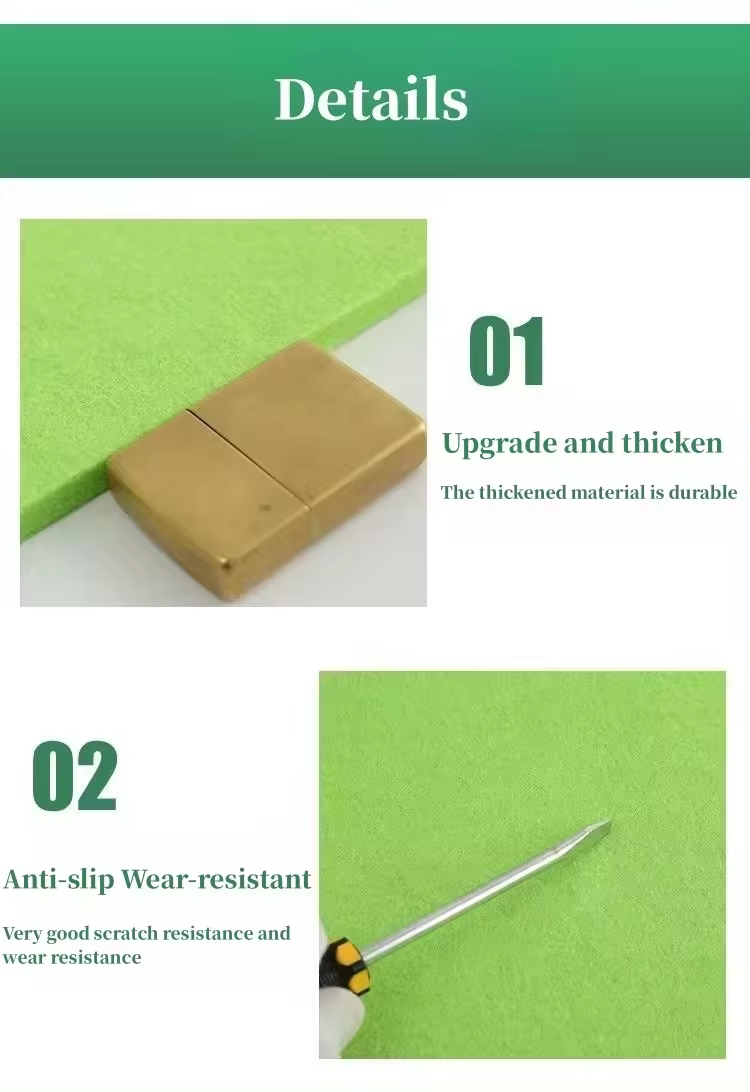How to Make Cheap Sound Absorbing Panels
Creating a peaceful and quiet environment is essential for both homes and workplaces, especially in our increasingly noisy world. One effective way to reduce unwanted noise is by using sound-absorbing panels. While professional soundproofing solutions can be expensive, DIY sound-absorbing panels can be made easily and inexpensively with a little creativity and effort. Here’s a step-by-step guide to making your own cheap sound-absorbing panels.
Materials Needed
1. Fiberboard or Soundproofing Foam These materials are excellent for absorbing sound. You can use inexpensive acoustic foam tiles, rigid fiberglass panels, or even recycled materials like old blankets and quilts. 2. Wood Frame For a more finished look, you may want to create a wooden frame for your panel. You can use inexpensive pine or plywood.
3. Fabric Covering Choose a breathable fabric that complements your décor. Old curtains or inexpensive fabrics from a craft store work well.
4. Adhesive Use spray adhesive or a staple gun to attach the sound-absorbing material to the frame.
5. Hanging Hardware Depending on where you want to place your panels, you may need hooks, nails, or brackets to hang them on the wall.
Step-by-Step Instructions
1. Determine the Size First, decide how big you want your sound-absorbing panels to be. A standard size could be 2 feet by 4 feet, but you can customize this according to your needs and space.
how to make cheap sound absorbing panels

2. Cut the Fiberboard or Foam Using a utility knife, carefully cut the sound-absorbing material to your desired size. If you are using old blankets or quilts, ensure they are thick enough to provide sound absorption.
3. Build the Frame If you're using a wooden frame, cut the wood to create a rectangle that matches the size of your panels. Use wood glue or screws to assemble the frame securely.
4. Attach the Sound Absorbing Material Lay the fiberboard or foam inside the frame. Use spray adhesive or a staple gun to secure the sound-absorbing material to the frame. If using blankets, wrap them around the frame and staple them to the back for a neat finish.
5. Cover with Fabric Once the material is attached, lay your chosen fabric over the front of the frame. Just as with the sound-absorbing material, staple or glue the fabric to the back side of the frame, ensuring that it is taut and smooth.
6. Add Hanging Hardware To hang your panels, attach the chosen hardware to the back of the frame. Make sure it is secured and can support the weight of the panel.
7. Placement Hang your panels on walls where sound echoes the most, such as in home theaters, music rooms, or offices. Experiment with different placements to find the most effective spots for noise reduction.
Conclusion
Making cheap sound-absorbing panels is a practical and cost-effective way to enhance the acoustics of your space. Not only will these panels help to minimize noise and echo, but they can also be a stylish addition to your décor. With just a few materials and some creative effort, you can create a quieter, more comfortable environment in your home or office.
